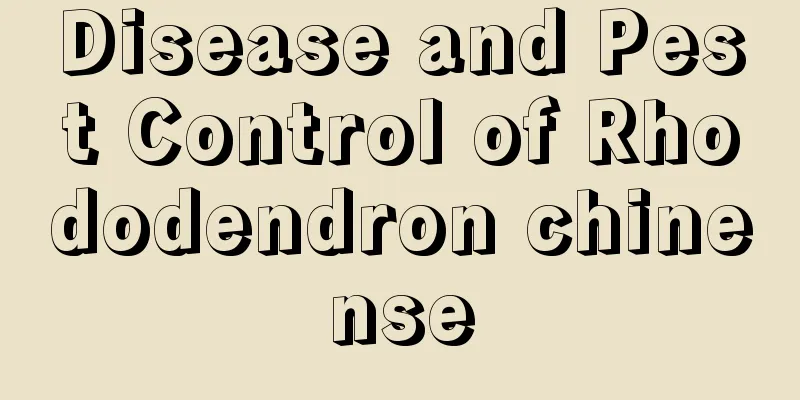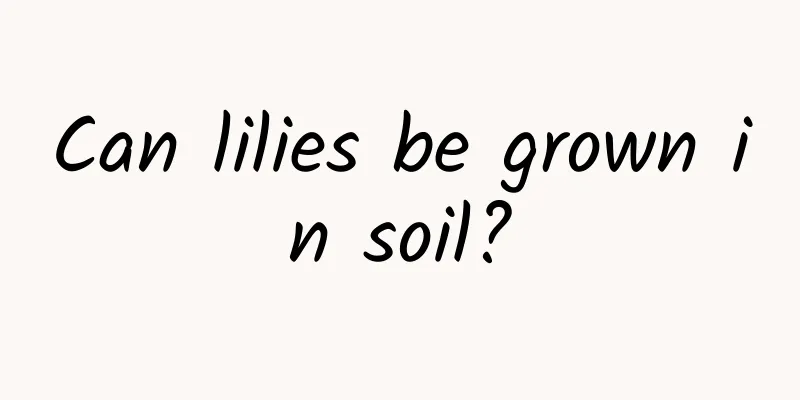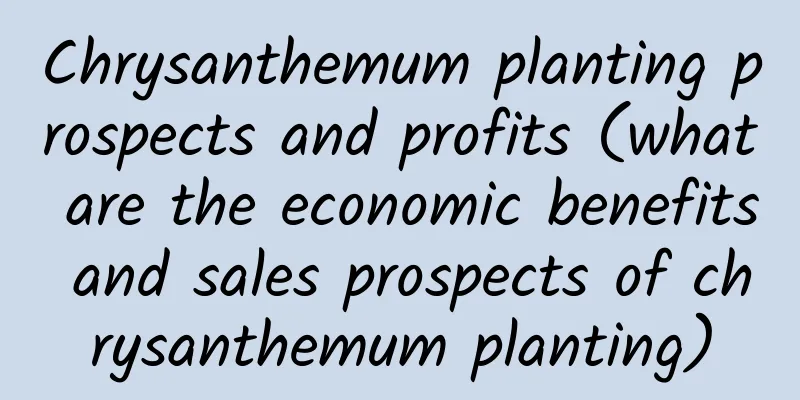Disease and Pest Control of Rhododendron chinense

1. Leaf swellingIt generally mainly harms the flower buds, young leaves and new shoots of Rhododendron ovata. At first, light yellow translucent circular spots will appear on the front of the leaves, and then turn yellow. Still a little bit sunken. This will cause the leaves to start turning yellow and fall early. In severe cases, patches of spots will form on the petioles, which will become very deformed and thickened. Prevention and control methods: Before the disease begins, especially when it sprouts and leaves, you can spray some pesticides. If diseased leaves are found, they must be cleaned up immediately. If the disease occurs before germination, you can spray some pesticides to control it. After the disease occurs, you need to continue spraying with other pesticides. 2. Leaf spot and brown spotBoth diseases directly affect its leaves, petioles and stems. The spots on the leaves are round, and then they will gradually expand to appear as irregular large spots, and some ring patterns will appear. Then the spots will gradually change from reddish brown to dark brown, with gray-brown in the middle. No matter which disease it is, it may cause the entire plant to completely wither and die. Prevention and control methods: From May to August, we can find some corresponding pesticides, make certain configurations, and then spray them once every 10 days or so, a total of 7 to 8 sprays will be enough. This way, we can control the development of the disease well. In order to prevent some leaves from turning yellow, other solvents can be added. 3. Coin DepressionIt sounds like a really strange disease. Generally, as long as the young branches and leaves are damaged, they will be immediately covered with dense white or pink diseases, most of which are caused by aphids. Prevention and control methods: First, remove the diseased leaves, then spray some medicine on it, and also master certain spraying techniques, so that it will not be easy to get new diseases. |
<<: Pest and disease control of wind orchid
>>: Rose and pomegranate pest control
Recommend
Cultivation method of evergreen dianthus
1. Maintenance methods 1. Temperature: The temper...
Efficacy and function of stone lotus
1. For food (1) After washing the petals with cle...
How to germinate water lily seeds and how to plant them after germination
1. How do seeds germinate? 1. Seed cracking: Wate...
Where do flowers grow? Where do they like to grow?
Where do flowers like to grow? Most flowers grow ...
Cultivation methods and precautions of Dracaena fragrans
The Dracaena fragrans itself is a relatively easy...
Varieties of Hydrangea
Alpengluhin This is a very common variety, and th...
How to propagate Rieger Begonia
Seed propagation Seed propagation is a common met...
The wild fruits on the roadside 20 years ago can no longer be found now. Have you ever eaten them?
1Paperberry The fruit of the mulberry tree is swe...
How to grow garlic sprouts in mineral water bottles
1. Cutting the bottle Prepare the bottle and cut ...
What are the cultivation methods and precautions of lotus bamboo
Lotus bamboo cultivation method Lotus bamboo belo...
Cultivation method of Dendrobium officinale
1. Maintenance methods 1. Temperature: between 20...
Disease control of alpine banyan
Direct disease control Most of the diseases of al...
New high-end vegetable varieties, the latest and most valuable vegetable varieties
Nowadays, with the progress of society, my countr...
If Sansevieria drinks some "yellow water" every 15 days, side buds will sprout one after another, and one tree will turn into 10 trees!
Use yellow water to water "Tiger Piranha&quo...
How to propagate lipstick spider plant and what to pay attention to
Lipstick Chlorophytum comosum propagation method ...









